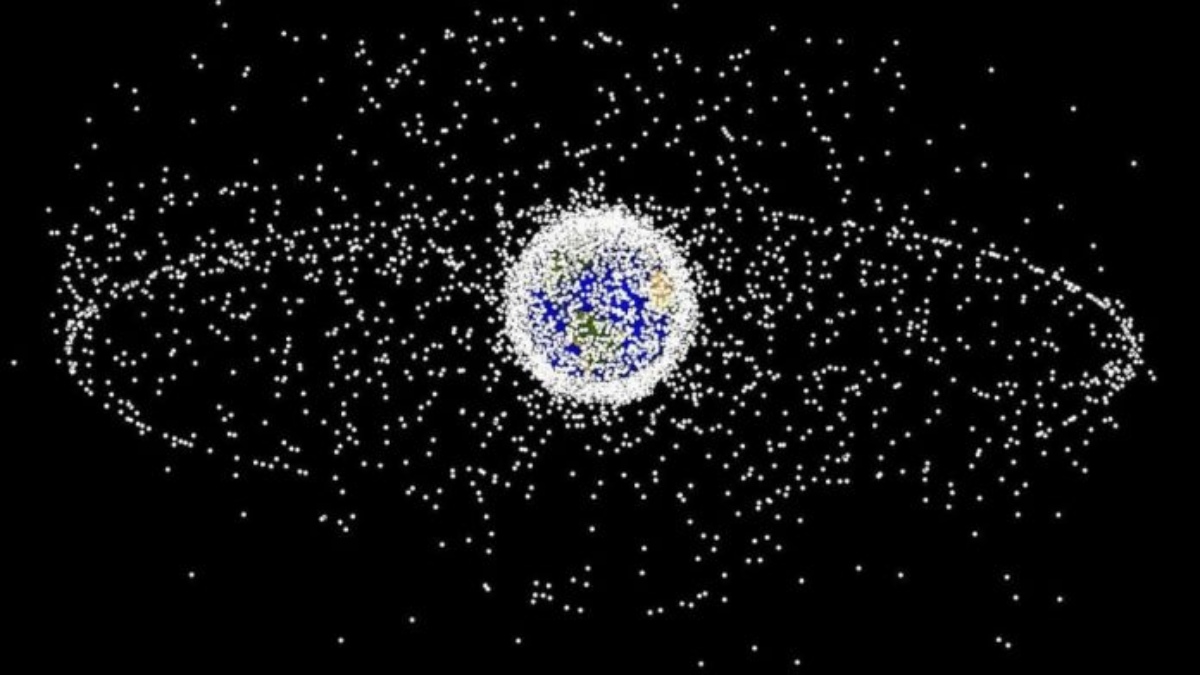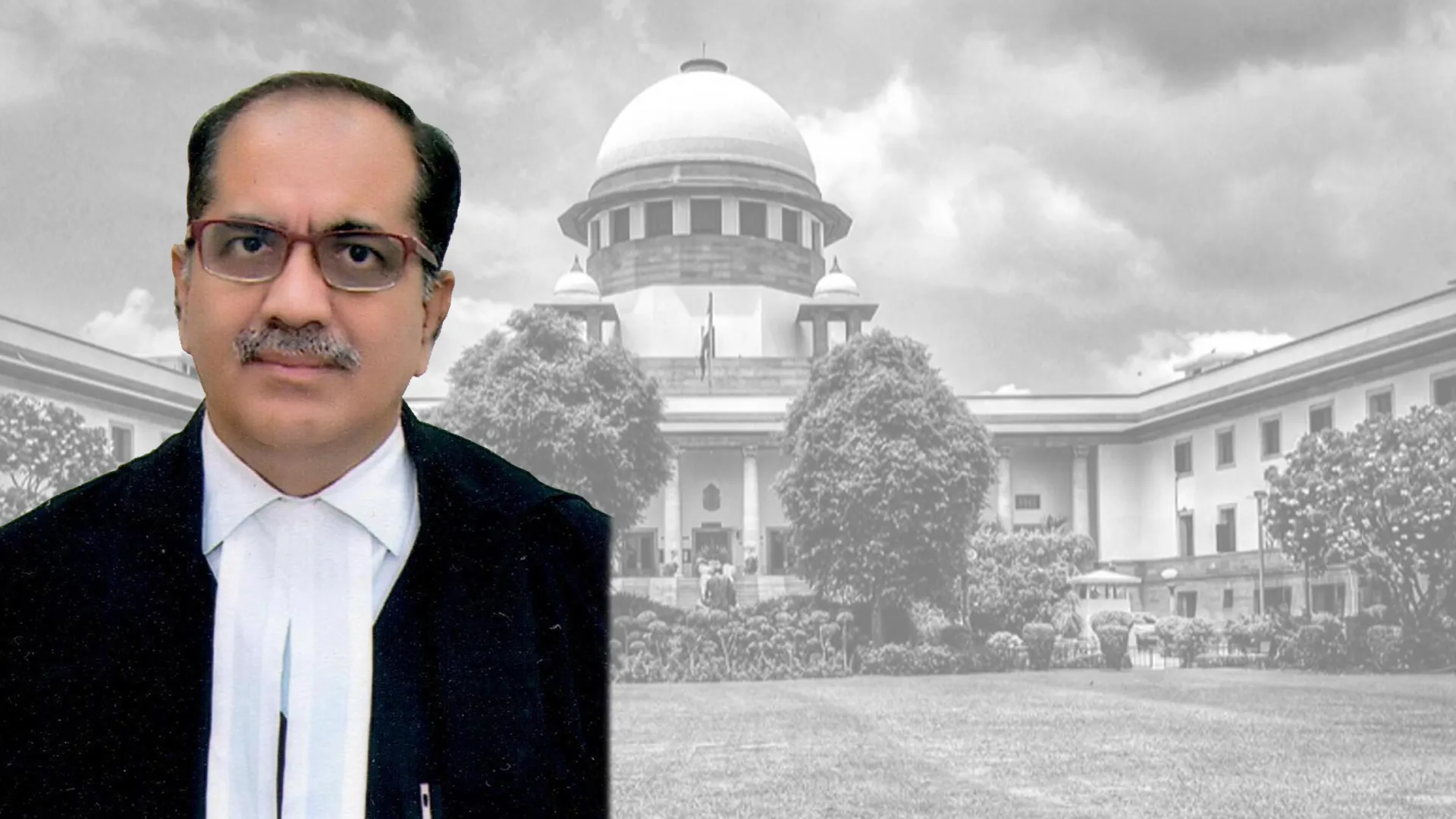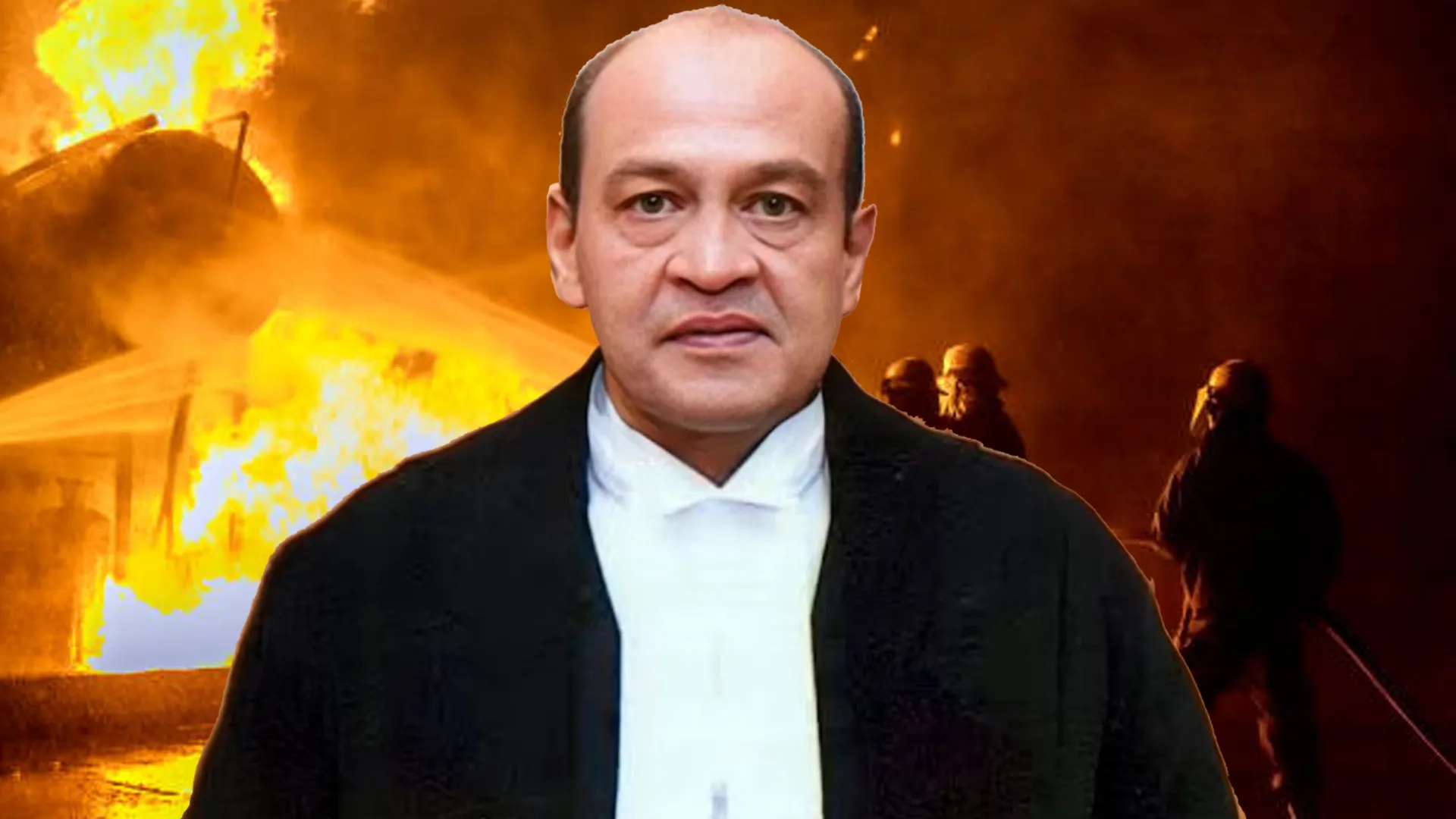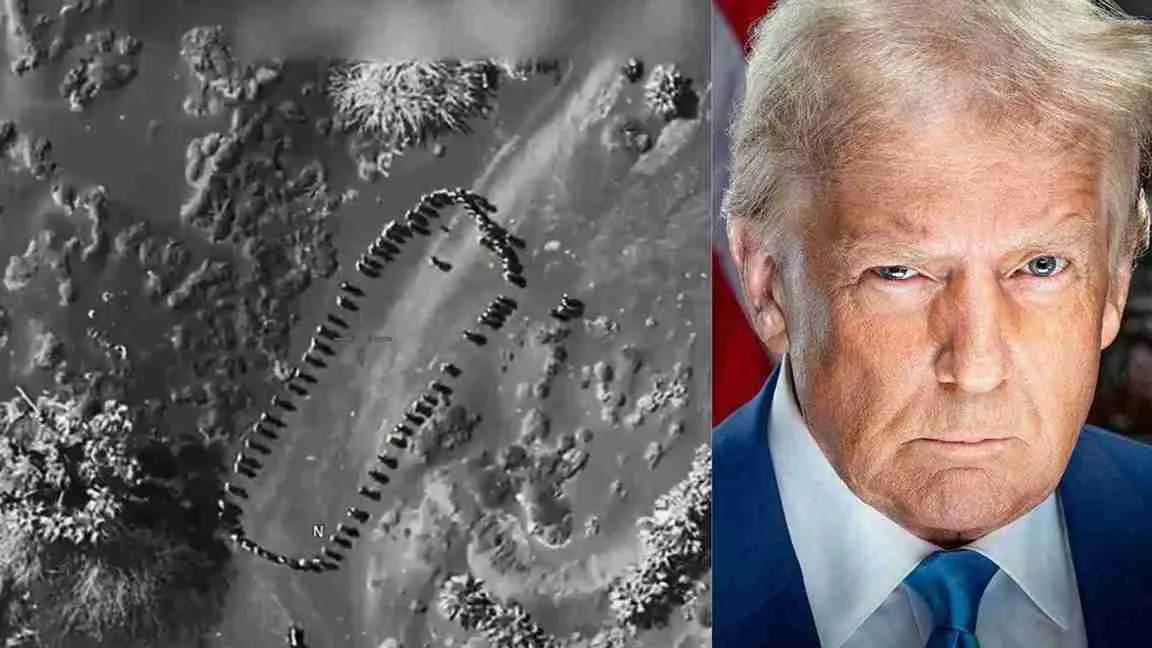INTRODUCTION
The rapid growth of technology and science has given numerous countries the power to use and exploit outer space. In the previous century many developed and developing countries were indulged in unrestrained exploration of outer space and as a result, we witness generation of space junk has increased significantly. Satellites revolving around Earth which have successfully completed their mission are defunct now; they all float around the Earth and account to space junk commonly known as “space debris”. Space Debris Remediation will play a major or a crucial role for the sustainability of outer space and must become an integral part of the legal framework regulating its use. Technical mitigation for upcoming missions have acquired legal relevance by being included in instrument regulating space activities, space debris remediation models have not yet become part of the legal framework. The main aim of writing this is to provide an overview of the legal background relevant to Space Debris and also to analyze the main challenges which come to solve the problem of space debris.
LEGAL FRAMEWORK
Like any other law, Space laws are also founded on the concept of international cooperation and equality. Committee on the Peaceful Uses of Outer Space (COPUOUS) has drafted five significant treaties regulating space activities and preserving the environment in outer space.
Outer Space Treaty, 1967- The outer space treaty is the first treaty and has all the major provisions of governing the outer space activities. This treaty prohibits colonization and militarization of outer space including moon and other celestial objects by any country. This treaty is founded on the principle of equality of space and exploration by all states and no state can claim ownership of space, moon or any other celestial object.
Rescue Agreement, 1968- The Rescue Agreement is based on the rights and obligations of states based to assist the astronauts in case of emergency or accident. This treaty clearly talks about the rights of the Astronaut and says that it is the duty of the state to assist the astronaut in the case of emergency.
The Liability Convention, 1972- The liability convention treaty set forth the liability of the launching state to the victim state if any damage suffer due to the lack of the former. This treaty also provides the procedure for claiming damages. It defines harm as “casualties, personal injury or other deterioration of health, or loss or damage to asset of a state or of people, natural or juridical, or property of global intergovernmental organizations.”
The Registration Convention, 1976- This treaty says that the member state shall maintain a registry of all space objects launched by it and such records shared with the UN Secretary General. With the help of this treaty they track the things launched into space and their origins, so that the responsible state can be held liable if an object launched by it causes damage.
The Moon Agreement, 1979- This treaty is one of the most important treaties framed by the UN. This treaty specifies that moon can’t be the property of any state and it can’t be used as profit generation purpose. This treaty also introduced the vicarious liability in the outer space activities but it is silent about the personal liability of private entities in the case of damage caused by them to any other state.
If we clearly look out in all of these treaties, then the word “orbital Debris” is wholly absent from all international space laws. All the existing international space laws only talk about the utilization of space or liability and damages rather than the regulation of space junk.
LEGAL STATUS OF SPACE DEBRIS
The issue of space debris has received more attention as a result of new hype of space travel, but what are the legal ramifications of your satellite being razed to the ground by someone else’s orbital debris? For many years, space debris has been the subject of scientific and technological research, but it may not have received the statutory standing it needs, which may lead to the development of an acceptable international framework to address the intricate legal concerns it poses.
The Outer Space Treaty of 1967 is the “Magna Carta” of space law. However, its clauses are far too general to address the complex issues of orbital debris with any confidence. The Outer Space Treaty provides little recommendation on the countermeasures of space debris at the state level, leaving considerable interpretation to attorneys. The Outer Space Treaty has wording addressing orbital debris concerns in three sections. “States parties to this convention shall bear international responsibility for national actions in outer space,” states Article VI. Article VII holds treaty parties worldwide responsible for harm caused by particles (and the components of such items) launched or propelled into space by them. Furthermore, Article IX enables governments to “seek consultation” on a proposed activity or research if they have grounds to believe it would create possibly detrimental interference with other space exploration.
Article IX, for illustration, states that National Parties to the Outer Space Treaty: “shall undertake all their operations in outer space… with appropriate respect for the relevant interests of the other Treaty State Parties.” With some twisting and reinterpretation, this may be used to compel State Parties to avert, minimize, and even eliminate space debris, allowing all States to engage in the exploration and utilization of interstellar space with little risk from rubble. The 1972 Liability Convention elaborates on Article VII. This establishes an accountability framework under which “launching States” are accountable for damage produced by private companies for whom such States are answerable. Only states that have entered the Liability Convention are eligible to bring a claim.
We have also witnessed the formation of organizations for dealing with the problem of space debris Since1986; the International Law Association’s Space Law Committee has examined the legal implications of orbital debris. The ILA signed (in a resolution) a proposal “International Instrument on the Protection of the Environment from Damage Caused by Space Debris” in August 1994. This instrument, which is divided into 16 articles, is the first legal text on space debris that has been agreed upon by an international organization.
DRAWBACKS
The existing international laws on space debris have a big flaw. The present International Space Laws are only concerned with the use of space not with the problem of space junk; there is no law which talks about the problem of space debris. There is no law to prevent a country from destroying its own satellites. The existing laws only discuss about the liability of orbital debris and which country owns the object. However the origin of the space debris remains unknown. Even the term “Space Debris” is not mention in any of the UN treaties. All the international provisions of space laws are very old and cloudy. It has to be modified with the changing time. All the treaties are silent regarding the satellites destruction in outer space, which results in generation of space trash and is also a reason for more such events were a country loses their satellites because of the trash in the orbit. All the present laws are voluntary that means they are not legally binding in nature.
CONCLUSION
To recapitulate, it is reassuring to see that not only researchers, but also the general public and business enterprises, are becoming more conscious of the possible risks to their concerns posed by the rising numbers of space debris. As a matter of fact, it appears that the time has come to begin thinking about and debating in depth the various ways and means by which ‘legislation’ can help mitigate the dangers posed by orbital debris, even if, in the end, one must be realistic about the possibilities for law to achieve effective results in the absence of money and political will.
At the universal world stage, UNCOPUOS and its Legal Task force, in specific, should contribute to the development of the international framework, including action toward uniform licensing procedures. Furthermore, highly detailed and substantive legislation may be established, if necessary, first through ‘soft’, non-binding legislation such as Resolutions, guidelines, or codes of conduct, which might subsequently grow into ‘hard’ law if proven usefulness and practical.
There can be various other ways of reducing debris, some of them are moving and Snagging Space Junk, it is a style of “capture mechanism” to gather up the remains, such as nets, harpoons, robotic arms, and tentacles. Using the Power of Electricity that is using an electrodynamics tether, the current of which would reduce the movement of satellites or space debris slowing the satellite’s speed causes it to descend closer to Earth, where it will burn up. Huffing and Puffing this approach (known as Space Debris Elimination, or SPADE) would use air bursts within the stratosphere to propel objects into lower orbits.
So it can be reasonably stated that the problem of debris today is larger than ever and with the new rules and regulation which are still in the pipe line changes can be expected, though these strict rules for some can also mean a forced restriction on space exploration.























